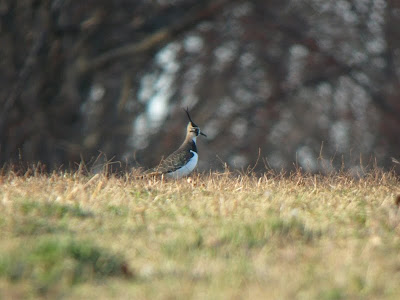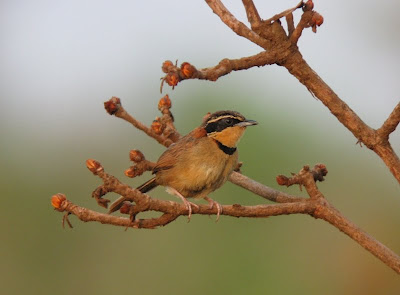NORTHERN LAPWING in Storrs, CT

Northern Lapwing A mind-boggling find by Phil Rusch in Storrs, CT at the UConn campus. A first state record, and I believe only the fourth New England record (singles from Maine, Massachusetts, and Rhode Island...nothing recent). With Barnacle Goose. No, this photo was not taken in Ireland. Apparent basic adult with a tall, wispy crest. At the risk of sounding like a teenage girl, OMFG. CT has hosted some damn good birds over the past few months, particularly WT Kite, Fork-tailed Fly, and now this bird. Incredible. On top of that, a BARNACLE GOOSE and GREATER WHITE-FRONTED GOOSE at the same location completed the Ireland/UK trifecta. A flyby COMMON REDPOLL was another highlight. - NB





